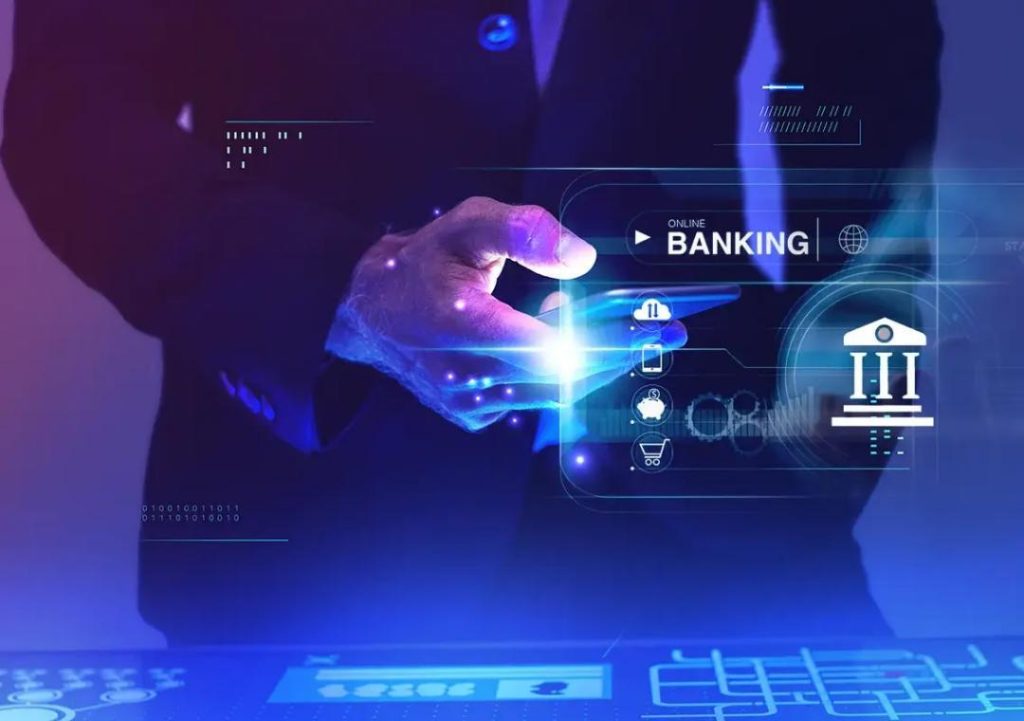
Securing Digital Banking Against Evolving Threats
The digital banking landscape has undergone significant transformations in recent years, with financial institutions expanding their services and offerings to customers. While this shift has brought numerous benefits, it has also created new challenges and risks for the industry. Cybersecurity threats have become increasingly sophisticated and complex, posing a significant threat to customer trust, financial stability, and the overall integrity of the banking system.
In this blog post, we will explore the evolving threats to digital banking, the strategies financial institutions can employ to mitigate these risks, and the importance of proactive defense in safeguarding customer trust.
The Growing Threat Landscape
The digital banking environment is increasingly vulnerable to cyber threats, including phishing, ransomware, and insider attacks. These threats can compromise sensitive customer data, disrupt operations, and damage an institution’s reputation. The consequences of a successful attack can be severe, including financial losses, regulatory fines, and a loss of customer trust.
Some of the most common cyber threats faced by financial institutions include:
- Phishing attacks: Phishing attacks involve fraudsters sending fraudulent emails or messages to customers, attempting to trick them into divulging sensitive information, such as login credentials or financial data.
- Ransomware attacks: Ransomware attacks involve the encryption of sensitive data, with hackers demanding payment in exchange for the decryption key.
- Insider threats: Insider threats involve malicious actors, either employees or contractors, who have authorized access to sensitive data and systems.
Strategies for Securing Digital Banking
Financial institutions can employ several strategies to mitigate the risks posed by these threats, including:
- Encryption: Encryption is a critical component of digital banking security. Financial institutions should ensure that all sensitive data, including customer information and financial transactions, is encrypted to prevent unauthorized access.
- Biometrics: Biometric authentication technologies, such as facial recognition or fingerprint scanning, can provide an additional layer of security for customers, making it more difficult for fraudsters to access their accounts.
- Fraud detection systems: Financial institutions should invest in advanced fraud detection systems that can quickly identify and flag suspicious transactions, reducing the risk of fraud and financial losses.
- Regulatory compliance: Financial institutions must comply with relevant regulatory requirements, including the Payment Card Industry Data Security Standard (PCI DSS) and the General Data Protection Regulation (GDPR).
- Proactive defense: Proactive defense involves taking a proactive approach to cybersecurity, including regular vulnerability assessments, penetration testing, and incident response planning.
The Importance of Proactive Defense
Proactive defense is critical in today’s digital banking environment, where threats are constantly evolving and adapting to new security measures. A proactive approach to cybersecurity involves:
- Regular vulnerability assessments: Regular vulnerability assessments help identify potential weaknesses in systems and applications, allowing financial institutions to address these issues before they can be exploited by attackers.
- Penetration testing: Penetration testing involves simulating real-world attacks on systems and applications, helping financial institutions identify vulnerabilities and weaknesses.
- Incident response planning: Incident response planning involves developing a plan for responding to cybersecurity incidents, including containment, eradication, and recovery.
- Staff training: Staff training is critical in detecting and responding to cybersecurity threats. Financial institutions should ensure that all employees are trained in cybersecurity best practices and incident response procedures.
Conclusion
Securing digital banking against evolving threats requires a multifaceted approach, including encryption, biometrics, fraud detection systems, and regulatory compliance. Proactive defense is critical in mitigating the risks posed by phishing, ransomware, and insider threats, while safeguarding customer trust and financial stability.
Financial institutions must prioritize cybersecurity, investing in the latest technologies and best practices to protect their customers and maintain their reputation. By taking a proactive approach to cybersecurity, financial institutions can ensure the integrity of the digital banking system and continue to provide customers with secure and reliable services.
Source:
https://www.growthjockey.com/blogs/cyber-security-in-banking-and-finance






